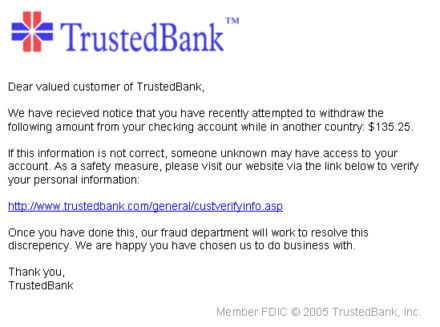Investing is a complex field that offers various strategies to generate wealth. One such method that has garnered attention in recent years is the Money Press Method.
This article aims to explore the legitimacy of this approach and provide insights into its benefits, drawbacks, expert opinions, common misconceptions, legal and ethical considerations, as well as alternative investment strategies.
Introduction
The Money Press Method is a strategy that leverages borrowed funds to invest in income-generating assets, multiplying wealth like a “money press.” While it sounds enticing, understanding how this method works and evaluating its legitimacy is crucial.
This article explores the mechanics, risks, and rewards associated with this strategy to help you make informed decisions about your financial future.
Understanding the Money Press Method
The Money Press Method is a strategy that aims to accelerate wealth accumulation by utilizing borrowed funds to amplify investment returns. While this approach can lead to higher profits when investments perform well, it also comes with increased risks.
One benefit of the Money Press Method is its potential for magnifying returns. By leveraging borrowed money, investors can achieve greater profits compared to using only their own capital. However, it’s important to note that this strategy exposes investors to heightened risks if investments underperform or interest rates rise significantly.
Expert opinions on the legitimacy of the Money Press Method vary. Proponents argue that with diligent execution and risk management, impressive results can be attained. Skeptics caution against relying heavily on borrowed money due to inherent risks and market volatility.
A common misconception about the Money Press Method is that it guarantees quick profits with minimal effort. In reality, successful implementation requires extensive research, analysis, and continuous monitoring of investments. There are no foolproof methods in investing.
From a legal standpoint, as long as relevant financial regulations and borrowing practices are followed, the Money Press Method is generally considered legitimate. However, ethical considerations arise when investors take excessive risks or exploit loopholes for personal gain. Transparency and responsible actions are crucial.
To summarize, the Money Press Method offers potential for accelerated wealth accumulation through amplified returns using borrowed funds. However, it’s essential to manage risks effectively.
Expert opinions vary, misconceptions exist regarding guaranteed quick profits, and adherence to both legal and ethical considerations is important when employing this strategy.
Case Studies: Success Stories and Failures of the Money Press Method
To better understand the practical implications of the Money Press Method, let’s examine real-life case studies. These examples provide insights into successful ventures and cautionary tales.
One success story involves an investor who used the money press approach to invest in real estate during a favorable market cycle. By leveraging borrowed funds, they acquired properties that appreciated significantly, generating substantial income and wealth.
However, failures are also part of this method. In another case, an investor heavily relied on borrowed funds for a speculative venture that ultimately failed. The investment didn’t generate expected returns, leading to significant losses and debt.
These case studies highlight the importance of understanding both sides when using the Money Press Method. Successful stories showcase its potential for wealth generation through strategic investments, while failures remind us of the risks involved in relying heavily on borrowed funds for speculative ventures.
By studying these examples, investors can gain valuable insights into navigating this approach effectively. Thorough research, assessing market cycles, and diversifying portfolios are crucial factors for long-term success.
Alternatives to the Money Press Method
To mitigate risks associated with relying solely on borrowed funds, it’s essential to consider alternative investment strategies. Diversification involves spreading investments across different asset classes, reducing reliance on borrowing.
Dollar-cost averaging entails regularly investing fixed amounts over time to lessen the impact of market volatility and reliance on borrowing. Value investing focuses on undervalued assets without excessive leverage, offering opportunities for long-term growth.
By exploring these alternatives, investors can adopt a more balanced approach that minimizes risk while still pursuing potential rewards.
Conclusion
[lyte id=’icHul6iZI_o’]



